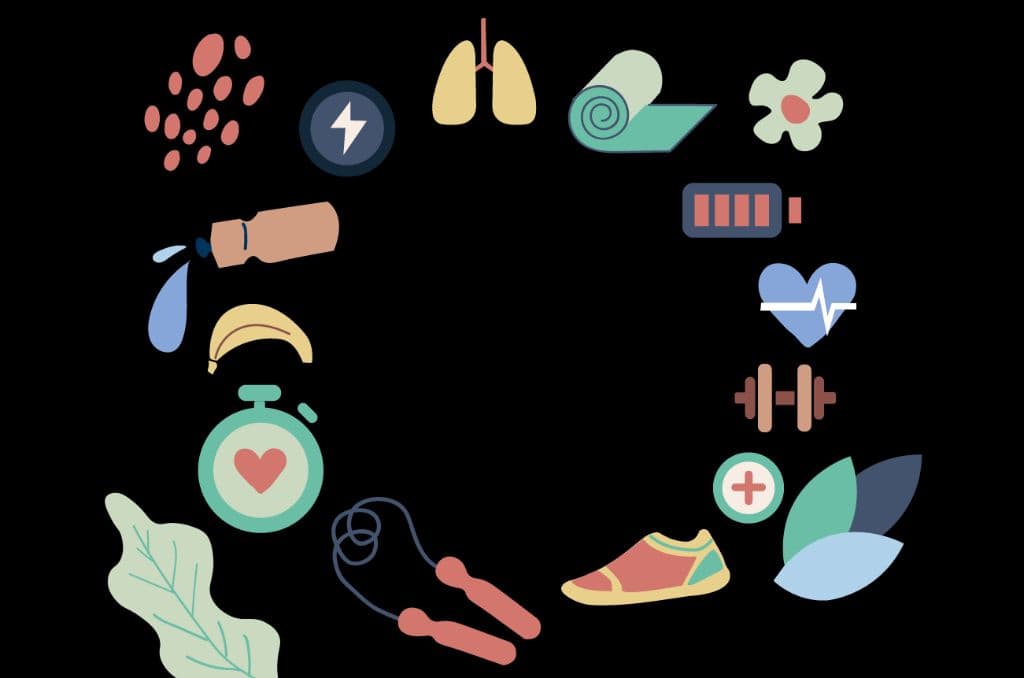What is the Glycemic Index?
Glycemic index is used to indicate how fast your body converts the carbs in a food into glucose. Two food varieties with a similar measure of carbohydrates can have different glycemic index numbers.
The smaller the number, the less effect the food has on your blood sugar.
- 55 or less = Low (good)
- 56- 69 = Medium
- 70 or higher = High (bad)
Comparing these values, therefore, can help guide healthier food choices.
Glycemic Index Diet
A glycemic index diet is an eating plan based on how foods affect your blood sugar level. Unlike other diet plans, a glycemic index diet doesn't necessarily lay down portion sizes or the optimal number of calories intake, carbohydrates, or fats consumption for weight loss or control.
Purpose
The purpose of a glycemic index (GI) diet is to encourage the consumption of carbohydrate-containing foods that do not extensively raise blood sugar levels.
A GI diet could be followed if you:
- Want to consume healthier food alternatives
- Want to lose weight or maintain a healthy weight
- Need help keeping blood sugar levels under control in case you’re diabetic

Factors that affect the GI of a food
Several factors can influence the GI value of a food or meal, including:
- The starch structure - Starch is a carb that is composed of two molecules — amylose and amylopectin. Foods with a higher amylose content will have a lower GI as amylose is difficult to digest, whereas amylopectin is easily digested.
- Cooking technique - The cooking technique affects the GI in such a way that the longer a food is cooked, the faster its sugars will be digested and absorbed, leading to high GI.
- Sugar type - Not all sugars have a high glycemic index. The GI of sugar ranges from 23-24 for fructose to 105-107 for maltose. Therefore, the GI of food partly depends on the type of sugar it contains.
- Nutrient composition - Adding protein or fat to a meal can reduce digestion and reduce the glycemic response to a food.
- Ripeness (of fruits) - Unripe fruit contains complex carbs that break down into sugars in the due course of its ripening. The riper the fruit, the higher its GI.
List of foods with their GI

Benefits of a low GI diet
Studies have shown that the low GI diet may also have other health benefits:
- May improve cholesterol. A low GI diet may reduce total cholesterol and LDL (bad) cholesterol. LDL cholesterol is also related to an increased risk of heart disease.
- It may help in weight loss. A low GI diet may promote fat loss. However, more research is needed to determine its effectiveness in the long term.
- May reduce the risk of cancer. Some studies suggest that a low GI diet could help prevent certain types of cancer, including endometrial, colorectal, and breast cancer, etc.
Tips to keep the GI index low:
- Choose fiber. Low glycemic index foods include whole grains, vegetables, and fruits. Rich fiber intake leads to a low glycemic index. White rice may raise blood sugar levels more than brown rice and the same is the case with white bread and whole-grain bread.
- Avoid processed foods. Processed or packaged foods boost the glycemic index by digesting carbs easily. 2-minute made oatmeal raises more blood sugar levels than regular oatmeal etc. Any food that you take is better in the raw, natural form.
- Control your starch intake. Starchy foods like potatoes are loaded with carbs that quickly convert to sugar and release it into the bloodstream. So, keep a portion control and remember to avoid mashed potatoes. Mashing a potato can increase the glycemic index by 25 per cent. Because fat reduces the flow of sugar to the bloodstream, fried potato foods have a lower glycemic index than a baked potato. But still, high-calorie intake makes fried potato foods a poor choice for diabetics.
- Combine high GI and low GI foods. You can combine the high GI foods with some low GI foods. For example, peanut butter spread on white bread is a better option than using jam on it.
- Use lemon juice. Acid is an incredible source to help lower a meal's glycemic index. Add lemon juice to your salads or lentils etc.
Bottom line
The low glycemic (low GI) diet involves many potential health benefits, including reducing blood sugar levels, helping weight loss, and lowering your risk of heart disease and type 2 diabetes.
Thus, it is important to consume a healthy, balanced diet regardless of their GI.
Disclaimer: This information is educational and should not be construed as medical advice. Please consult your doctor before making any dietary changes or adding supplements.
Proactive For Her is a digital clinic for women, offering accessible, personalised, and confidential healthcare solutions. We offer out-patient care, diagnostic services and programs for various health concerns of Indian women, across their lifetime - from puberty to pregnancy to menopause.

